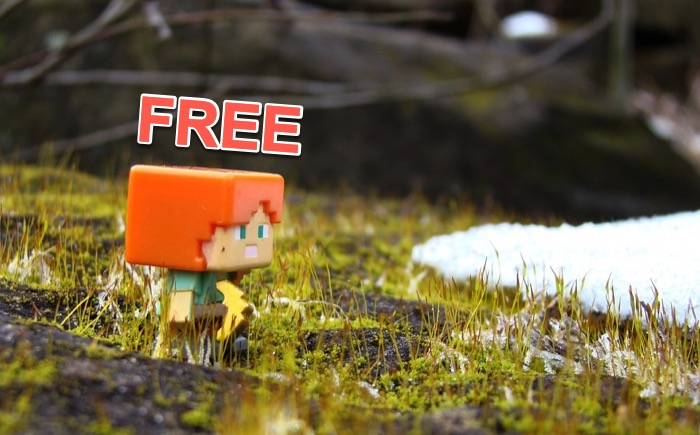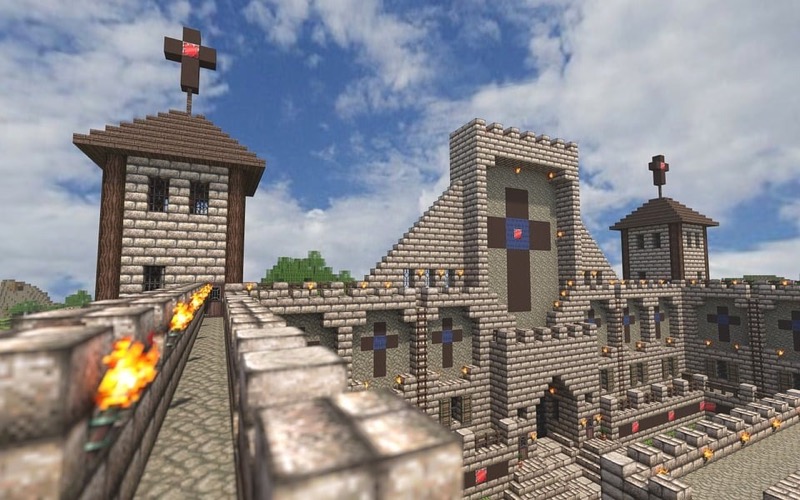Tired of lag ruining your Minecraft adventures? Learn how to fix the problem and optimize your gameplay with our easy-to-follow guide. Start playing smoothly today!
How to fix Lag Issues in Minecraft on PC?
How to fix Minecraft lagging issues on PC?
If you’re experiencing Minecraft lagging issues on your PC, there are several ways to fix them. First, ensure your internet connection is stable enough to handle online gameplay. You can also check if your graphics drivers are up-to-date and update them if necessary.
Install new software or drivers to improve the speed and performance of your CPU and RAM. Check your video settings and lower the graphic settings, which can affect your FPS and cause gameplay to lag.
Try using the task manager to close any unnecessary programs or applications running in the background that can consume valuable resources. When all else fails, try connecting to a different Minecraft server or switching to a less populated one to reduce latency. Following these tips, you can fix Minecraft lag and enjoy a smooth and uninterrupted gaming experience.

Why are My Minecraft Servers So Laggy?
Minecraft lag is a common problem many players experience while playing this popular sandbox game. ‘lag’ refers to a delay or slowness in the game’s response time. There are various reasons why Minecraft can be laggy, including video settings, hardware limitations, and server issues. One of the main culprits of lag is typically the video settings. If your PC or laptop is outdated, it could be struggling to cope with the graphical demands of the game. Another possible cause of lag is a limited amount of RAM. If your computer doesn’t have enough memory, it can lead to unwanted delays in the game. Fortunately, there are several ways to fix Minecraft lag, such as optimizing your video settings or increasing the available RAM on your computer.
Lag types: Minecraft types of Lag and How to fix them
Minecraft lag is a frustrating issue affecting players on any platform. Different types of lag can occur in Minecraft, including latency lag, frame lag, and chunk lag.
Latency lag is caused by network issues and can be fixed by selecting a server with a lower ping or by installing a mod to reduce latency.
Frame lag is caused by insufficient RAM or GPU power, resulting in low FPS (frames per second). Players can adjust their game settings or upgrade their computer hardware to fix frame lag.
Chunk lag occurs when the game tries to load a large amount of data, such as a mob spawn or a new chunk and is commonly seen in survival mode.
To fix chunk lag, players can alternatively adjust their render distance or install a mod to optimize chunk loading speed. Lag spikes are also a type of lag that can occur in Minecraft servers and are caused by a sudden increase in player activity.
To fix lag spikes, players can reduce the number of players on the server or install a plugin to optimize server speed. Overall, Minecraft lag can be frustrating, but there are multiple ways to fix different types of lag and improve game speed.
Do you use plugins or mods?
As an AI language model, I do not play video games. However, I can share some information about using plugins or mods in Minecraft. First off, both plugins and mods can bring new features or functionalities to the game, whether it’s adding new blocks, weapons, or gameplay mechanics.
Plugins are typically used on servers and can affect how players interact with each other and the world. On the other hand, mods can affect the game’s performance, causing lag or slow game load times.
To install a mod, download it from a trusted source and manually add it to your game files. It’s important to note that plugins and mods can also affect the game’s stability, causing crashes or corrupted files.
Therefore, it’s always recommended to do some research and back up your game files before adding any new features to your game.
How to Reduce lag in Minecraft single-player
Minecraft is a popular game, but it can be frustrating to experience lag while playing. There are several steps you can take to reduce lag in single-player mode. The first step is to ensure that your game is updated and that your PC drivers are up-to-date. Next, adjust your video settings to optimize performance.
Select “Graphics” from the “Options” menu and adjust the graphical settings to “Fast” or “Fancy,” depending on your PC’s hardware. You should also adjust the “Render Distance” setting to reduce the number of chunks the game has to render simultaneously.
Restart Minecraft after these changes to ensure they take effect. If you are still experiencing lag, use the task manager to close any unnecessary programs running in the background.
Finally, ensure you have a smooth framerate by adjusting the “Max Framerate” setting in the graphical menu. These steps should help to reduce lag and improve your Minecraft experience.
How to Reduce lag in Minecraft multiplayer
To reduce lag in Minecraft multiplayer, check your internet connection speed. A slower internet connection can cause lag or delay between game actions.
If your internet connection speed is slow, try connecting to a different server or rebooting your router. If you use Wi-Fi, consider switching to an ethernet cable for a more stable connection. Another potential fix is to:
-Reduce your graphics settings to allocate more resources to the game.
-Turn off other programs, especially those using your internet.
-Turn off all browser windows.
If you’re still lagging, try asking other players on the server if they’re experiencing the same issues. It’s also possible the server itself is laggy, so there may not be much you can do about it.
How to Fix Lag in Minecraft Pocket Edition
Minecraft Pocket Edition is a popular app loved by gamers worldwide. However, lag can become a frustrating problem when exploring the virtual world, and it can ruin the gaming experience.
Fortunately, there are several ways to fix lag in Minecraft Pocket Edition. Firstly, adjusting the video settings is important; reducing the graphic settings and render distance can significantly improve the game’s performance. Secondly, allocating more RAM to the game can help it run better.
Regularly updating the app is also recommended, as each update may include optimizations that help fix lag issues. Another option is to change the animation and render settings or adjust the setting for smooth gameplay.
Lastly, players should minimize the chunks to a tolerable level to avoid lag while exploring. By following these steps, Minecraft Pocket Edition players can enjoy a smooth, lag-free gaming experience.
Learn how to download Minecraft for your Android mobile for Free


